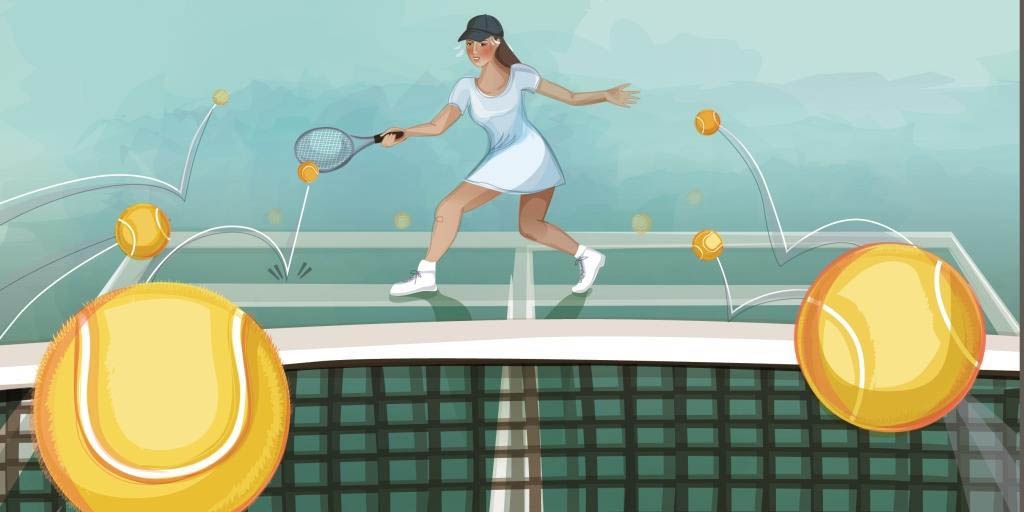As you read this, your brain is unconsciously running hundreds of involuntary processes. Your heart beats, your lungs breathe, minerals and vitamins whisk off to their proper locations. Firing neurons allow you to see, read and comprehend these words, and all the while you maintain balance, know where your limbs are and remain aware of your surroundings. A brain left to its own devices can do all of this (and much more) without your knowledge or consent. Thanks, brain!
But, say psychology experts and neuroscientists, performing more than one conscious action at a time is another matter entirely. It all comes down to our capacity for attention.
THE FALLACY OF MULTITASKING
“Involuntary attention” is an unconscious alertness to stimuli or distractions—such as a ringing cell phone, something burning in the oven or a flickering light bulb—that trigger your conscious mind to shift its focus.
We Homo sapiens are also excellent at “controlled focus,” or “voluntary attention.” But this takes much more effort and requires conscious direction from your brain’s prefrontal cortex (the “executive network”). This becomes difficult when your involuntary attention is flipping on and off, thanks to that noisy cubicle neighbor, email alerts, your children or the ringing doorbell.
A CULTURE OF UNPRODUCTIVE BUSYNESS
Research shows conclusively that performing two voluntary-attention-demanding tasks at the same Time is ineffective, if not impossible—unless the tasks are intricately related. For example, reading music and playing an instrument are symbiotic, so to speak, so they are exceptions to the rule.
“Our [conscious] brains cannot multitask; they can only switch back and forth … and both tasks suffer,” says Joanne Cantor, Ph.D., media and productivity researcher and author of Conquer CyberOverload (CyberOutlook 2009), a guide to maintaining focus in a technology-obsessed culture. “When we switch back and forth between two tasks voluntarily, we lose both time and accuracy.” So much time, in fact, that a 2008 report from research firm Basex estimates that the United States loses approximately $650 billion per year in productivity from interrupted tasks on the job.
The monetary sinkhole of lost productivity isn’t the only negative impact of frequent distraction: A 2007 study from the University of California at Irvine shows that after interruptions in the workplace, “people reported significantly higher stress, frustration, workload, effort and pressure.” Cantor notes that stress impairs memory and lowers your ability to ignore distractions, obvious obstacles to a productive work and home life.
“People don’t pay attention to boring things,” says John Medina, molecular biologist and author of Brain Rules (Pear Press, 2008). Unfortunately, everything we do can’t be the most exciting thing happening at the moment. Our natural inclination, thanks to involuntary attention, is to drop one task, unfinished, to pay attention to something else. And on the clock, Americans typically “half-task” under the guise of Being twice as productive.
Technology has a hand in wasted time, too, as we increasingly rely on disruptive digital Communications—like texting, instant messaging, video conferencing, personal email and social media—to stay in contact with coworkers, family and friends.
THIS IS YOUR BRAIN ON MULTITASKING
Imagine playing a game of tennis with two tennis balls. “You have to keep track of both, running each down, watching your opponent do the same,” notes Edward M. Hallowell, psychiatrist and author of Crazy Busy (Ballantine, 2007). There is no way your game with two balls could be as good as your game with one.” Task-switching and processing information sequentially at twice the rate of a normal game leaves a lot more room for error and creates mental fatigue.
The object, then, should be to single-task sequentially, devoting full attention to one thing at a time. If you think that seems impossible, relax: It’s not all hopeless. Scheduling regular “brain breaks,” limiting availability by phone, email or social media, and maintaining a healthy lifestyle by exercising and eating well all help lower stress, improve mental acuity and reduce distraction.
Four ways to reduce distraction, boredom and sensory overload, all while maintaining productivity.
1. Choose your own distractions
Create an “interruption-free zone” by silencing notifications, turning off phones, wearing earplugs or closing the office door. Focus on your task for 10 minutes, and then check your email if you’re expecting something urgent. You’ll have something done, and your delay in response will be minor. If you’re especially tech-savvy, browser extensions that temporarily block time-wasting websites (like Facebook or Tumblr) are easily installed and switched on or off.
2. The 10-minute micro-schedule
Break tasks into bite-sized chunks and work through them sequentially to keep your brain’s executive network engaged, ensure measurable progress and give your brain frequent enough rest to prevent burnout. Work on your project, assignment or chore for 10 minutes. Then breathe deeply, close your eyes and move along to the next item. If you can’t break from the current task, write a note on your status, take a short walk around the desk or move the laundry to the dryer and get back to work. You’ll lose less time reorienting because you made sure to remind yourself where you left off, and your brain will be ready to tackle another round of work.
3. Double up … but only on autopilot
Sandwich mundane chores between interesting projects to stay motivated. Also, Hallowell suggests combining routine, unimportant tasks—such as folding laundry and chatting on the phone or marking items off your to-do list while making copies. Plowing through peripheral duties two at a time can be rewarding: Your chores are finished, and now you can do something interesting. (Just remember that the key word here is “unimportant.”)
4. Keep it loose, keep it tight
Sip some tea (ginseng, chamomile and mint are excellent choices) during one of your breaks. Regularly schedule time for calming activities, like reading or yoga. Physical fitness is closely linked to stress levels, so maintain a healthy diet and weight to alleviate anxiety. And consider turning off the television. “You will benefit by taking a more thoughtful approach to the choices of media you consume,” says Cantor.



